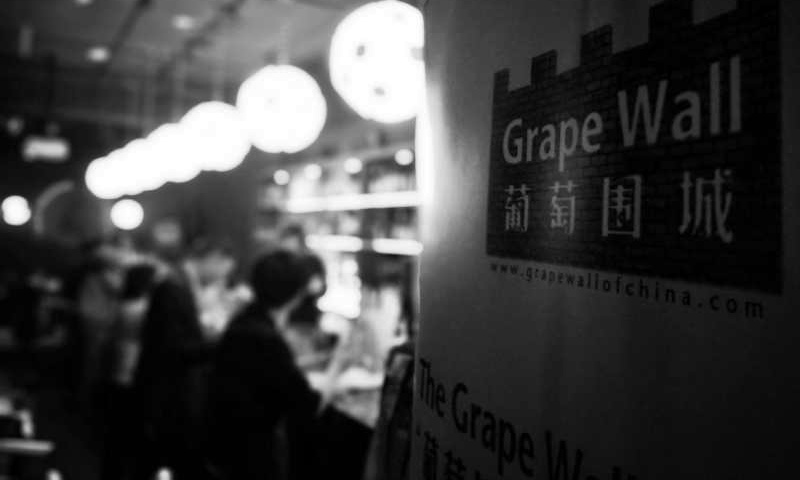By Jim Boyce | Cabernet Sauvignon dominates China’s vineyards but a growing number of people believe Marselan will emerge as the nation’s signature grape. We featured Marselan, a cross of Cabernet Sauvignon and Grenache, at our ninth annual Grape Wall Challenge on April 26. This is a contest where Chinese consumers serve as wine judges. This year it doubled as a warm-up for the inaugural World Marselan Day on April 27.
The Grape Wall judges hailed from fields as diverse as real estate, marketing, catering and entertainment. They blind-tasted seven Marselans made by wineries along a 3000-kilometer stretch of China, from coastal Shandong to the far west region of Xinjiang.
The judges rated wines as “love it”, “like it”, “dislike it” or “hate it”, wrote a comment about each, and listed their top three. Professor Ma Huiqin, a wine marketing expert at China Agricultural University, then led a post-tasting discussion and pizza feast.
Two wines emerged as favorites. I will stress here our sample size is small and we make no scientific claims about the results. This is just a snapshot from one group of tasters.
Amethyst “Wang Zhu Jing Dian” 2012 (ç´«æ™¶åº„å› “晶çµé©¬ç‘Ÿå…°”) from Hebei province received the highest score and most first-place votes.  Domaine Franco-Chinois 2012 (ä¸æ³•åº„å›), also made just north of Beijing in Hebei, got the same number of top-five finishes but fewer overall points.
Pushang from Ningxia actually finished second to Amethyst for first-place votes but created much debate among the judges as it tended to be a “love it or hate it” wine.
It was also fun to see each winery receive some love—every brand received multiple “top-three” votes. Again, we make no general claims about the results.
What the tasting did reveal was an intriguing range of Marselan styles as we tasted from Shandong and its monsoon climate in the east to the hot, dry, sunny regions of Ningxia and Xinjiang in the west.
“There are clear differences due to climate,” said professor Ma.
“The wines from Tiansai in Xinjiang and Pushan in Ningxia are obviously plumper, with fuller and juicer fruit. That shows the effect of the heat,” Ma explained. “The wines from further east, from Grace, Amethyst and Domaine Franco Chinois, are more elegant and quite good.”
Ma described Excelsis Marselan from Shandong, the rainiest climate, as “interesting.”
“The first taste is not convincing. The wine seems astringent and thin, with a clear sense of greenness,” she said. But as the wine “breathed”, she said it “made me think”, and it consider it in the context of Italian wines that work well with food.
The overall reaction from the consumers / judges was positive. Marselan tends to deliver fruity, fresh, soft wine that can please everyone from first-timer to aficionados. And while the more elegant wines of Hebei, made with some of the oldest Marselan vines in the country, topped this particular test, there was a good deal of debate about the wines. This simply underscore that there is no “one size fits all” solution to wine but that people need to find what best suits them. We worked on that afterwards as wel all sat down and re-tasted the wines while enjoying pizzas donated by Tube Station.
Finally, we also tried frozen margaritas made using Marselan aka Mar(selan)garitas. Delicious!
Learn more about World Marselan Day here.
Check out the official website, Facebook and Twitter account. You can also follow Grape Wall on Facebook and Twitter and sign up for the China wine newsletter below.
Grape Wall has no sponsors of advertisers: if you find the content and projects like World Marselan Day worthwhile, please help cover the costs via PayPal, WeChat or Alipay.
Sign up for the free Grape Wall newsletter here. Follow Grape Wall on LinkedIn, Instagram, Facebook and Twitter. And contact Grape Wall via grapewallofchina (at) gmail.com.
